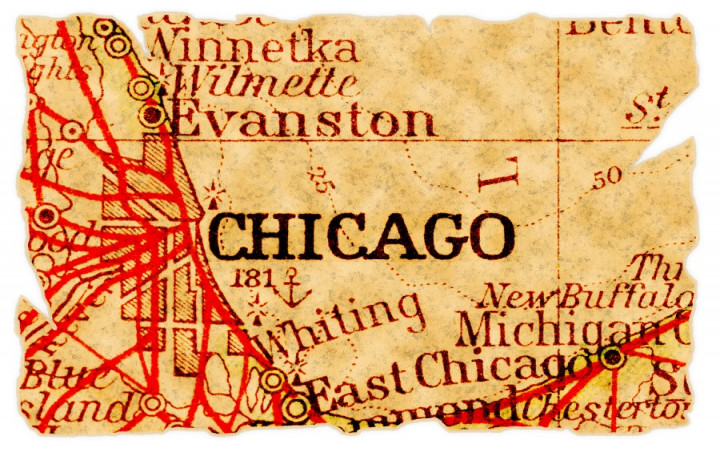It was hot that summer of 1871. The bustling city of Chicago sweltered under the heat of the Sun and very little rain fell to alleviate the severe drought that consumed the city. Fires were a common occurrence, thanks to swirling winds, the dry conditions, and the fact that most of the city was made of wood.
Despite the many daily fires that occurred over the course of that summer and fall, nothing could prepare the city for the blaze that broke out on the night of October 8, 1871. In the barn owned by Patrick and Catherine O'Leary, a fire ignited that would burn for over two days and destroy a large part of Chicago.
From October 8-10, 1871, the Great Chicago Fire burned out of control, quickly spreading far and wide across the city. Eventually, rains came to help put out the fire, but the devastation was massive.
By some accounts, as many as 300 people died in the Great Chicago Fire. The fire destroyed over 17,000 buildings and left over 100,000 people homeless. In total, the fire caused over $200 million in damages. In today's dollars, that would equate to over $3 billion in damages!
Shortly after the fire began, a Chicago Republican newspaper story suggested the fire was started when Mrs. O'Leary's cow kicked over a lantern, setting nearby hay on fire. That legend grew quickly and is still shared today, even though Michael Ahern, the reporter who wrote the story, admitted in 1893 that he had made up the story simply to sell more newspapers.
Investigators do believe that the fire started in the O'Leary's barn. However, Mrs. O'Leary and her cow were officially exonerated -- but not until 1997! Even today, no one knows for sure what started the fire.
Many other theories have circulated about the start of the fire. For example, some believe an illegal card game was being conducted in the barn and that a human was responsible for the fateful spark that ignited the fire. Others believe a meteor from outer space may have fallen to Earth, igniting the blaze.
Most scientists have been unable to find enough evidence to support these other theories. What they know for certain, though, is that the Great Chicago Fire burned almost four square miles of the city, and the devastation was made worse by the fact that most of the sidewalks and buildings in Chicago at that time were made of wood.
It also didn't help that weather conditions had made Chicago a prime spot for an outbreak of fires. In fact, historical records show that there were over 20 fires throughout Chicago during the week before the Great Fire broke out.
Fortunately, Chicago was a resilient city. Its infrastructure, including sewer, water, and transportation systems, remained mostly intact. Rebuilding efforts took off quickly, spurring economic growth and the development of some of the world's first skyscrapers. Within a decade after the fire, the city's population had nearly doubled, and Chicago was well on its way to becoming the major city it remains today.




